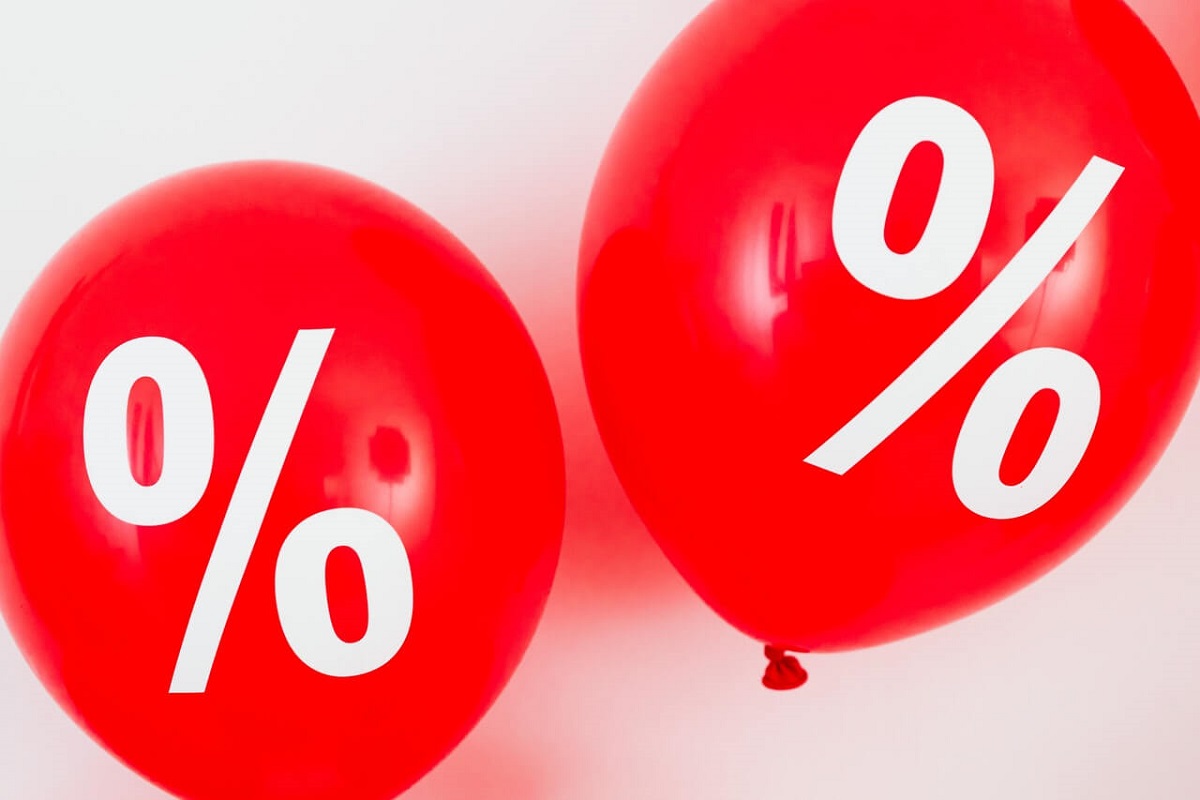You may be well on the way to middle age, but some of life’s most important mysteries still remain unexplored. It’s natural to be shy about discussing it in public – but in this new era of pension freedom, practically everyone’s doing it. Shouldn’t you at least see what the fuss is about? Article by Nick Green.

You’ve reached the big four-oh, so hopefully you have at least one pension to your name. However, that might be as much as you know about it. The average UK adult will discuss house prices till the cows come home, but pensions are one of those topics (like death) that can cause tumbleweed at the liveliest of social gatherings. We don’t like to talk about them.
But we really, really should. Because believe it or not, when you hit 40, you’re only 15 years away from being able to draw your pension.
[Pause for horrified scream]
All right, don’t panic. ‘Being able to draw your pension’ isn’t the same as retiring, and it doesn’t mean that 40 is old (or even that 55 is old). You could even say that 55 is the new 40 – the age at which life really begins. Pensions are now quite distinct from retirement, and you’re in control of how you use them. But if you’re going to be in complete charge of your pension savings in just a few years from now, it’s only sensible to learn as much as you can about them now.
The birds and the bees of pensions
Even if you think you know how pensions work – or even if you really do – it’s worth going right back to basics every so often, to remind yourself what exceptional value they offer. You need to lose your mental image of retired people queuing up at the Post Office for a few pounds a week, and instead picture an investment with such absurdly favourable rates that it makes Panama look old hat.
-
Tax relief
Money you save into a pension is free of income tax. Few people grasp what this means at first. Normally, every pound you earn (above your personal allowance) is taxed at 20 per cent, if you’re a basic-rate taxpayer. But if you pay money into a pension, that money is paid back into the pension too. This means that every £1 you pay in becomes £1.25 (because £1.25 taxed at 20 per cent would leave £1).
In other words, everything you pay into a pension gets instant growth of 25 per cent (not 20 per cent – see, it’s not as simple as it sounds). Be honest: if you got offered an investment like that anywhere else, you’d never believe it.
-
Compound interest
The next big thing to bear in mind is the effect of compound interest on your savings. Quite simply, the more time your money is invested, the greater the benefit to you. If you’re already in your forties and have paid only small amounts into your pension to date, don’t delay any longer. Now is the time to increase your contributions as much as you can bear to. Time really is money when it comes to pensions – a couple of years really shovelling money in now will be far more effective than doing it later on. Remember, you only have to wait until you’re 55 before you can get that money out again.
-
Accessing your money (beware of tax!)
You may not have too long to wait until you’re 55 – after which you have full access to your pension savings. However, this is where tax may kick in. Anything you take out of a pension counts as income for that year – it’s not like a bank account where the money is already yours. If your total income is above the personal allowance (and you’ll probably want it to be) then you are taxed accordingly, just as if you were earning the money from a job.
It’s perfectly possible to draw on your pension and earn from employment at the same time – just be aware that it’s your total income that is taxed, not just your earnings or your pension.
Hang on – if there’s tax relief when I save, but tax on the way out…?
If you’re wondering whether tax on withdrawals just cancels out the up-front tax relief – don’t worry, it doesn’t. Your personal allowance means you can have an income of £12,500 a year (currently) before you pay any income tax at all.
But what if I make a single big withdrawal?
Oh, behave. But that is actually a crucial point. It’s possible to withdraw your entire pension pot in one go, if you choose – but this is almost always a bad move. Such a big withdrawal could push you into the higher rate (40 per cent) or even additional rate (45 per cent) tax band, and that really would start to cancel out a large part of the benefit of your pension’s tax relief.
-
Options for your pension once you hit 55
Again, just because you can access your pension at this age, doesn’t mean you should. If you’re still employed and enjoying work, the best thing to do is to leave your pension alone and keep paying into it – as much as you can afford, ideally. Once you start withdrawing money, the amount you can save into your pension each year drops dramatically (from £40,000 to £10,000), so think very carefully before accessing it.
There are various different methods available for accessing your pension, but the two most practical options are annuities and drawdown.
What is an annuity?
An annuity is technically an insurance product. An insurance company agrees to pay you a guaranteed income for life, in exchange for a sum of money. The payments can never run out, no matter how long you live. The downside is that you can’t (usually) vary the amount of income, and you may have to live quite a long time in order to get back as much as you paid out.
What is drawdown?
Drawdown means investing your pension pot in a portfolio of investments – probably a very different portfolio from the one used to grow your pension savings – and taking as much money as you want from it each year. The big advantage here is flexibility. The downside is that your money can run out, and is also exposed to the stock market. Large withdrawals combined with poorly-performing investments can take a big chunk out of your fund.
Or you could try both
Remember that it doesn’t have to be either-or. You may prefer to have more flexibility in your 50s and 60s, spending more and being more active. You could then buy an annuity at a later date (and may well get better value, since you’ll be older). There are even plans available that let you combine some of the benefits of drawdown and an annuity in one arrangement.
-
Fit your pension around your life
The biggest advantage of the new pensions system is that you can fit your pension around your life choices – rather than being forced into decisions by the system. The freedom to access your pension flexibly makes it much more viable to retire gradually, to work flexibly in later life, or even set up your own business instead of retiring. In short, pensions are no longer just about retirement – they are the cornerstone of later-life planning.
So you’re no longer a pension virgin – what happens now?
There are some big choices coming, and it pays to be prepared for them. As exciting as pension freedom is, the risks of running out of money too soon can’t be over-stated. For most people, a pension is all they will have to live on when they retire full-time, so always bear that in mind.
To be ready to make the best choices for yourself, and ensure that your pension is as healthy as it can be, ask a financial adviser to talk you through it all now. You can book a free pension healthcheck through Unbiased, which is also the ideal opportunity to ask any further questions you may have.
Let us match you to your
perfect financial adviser




